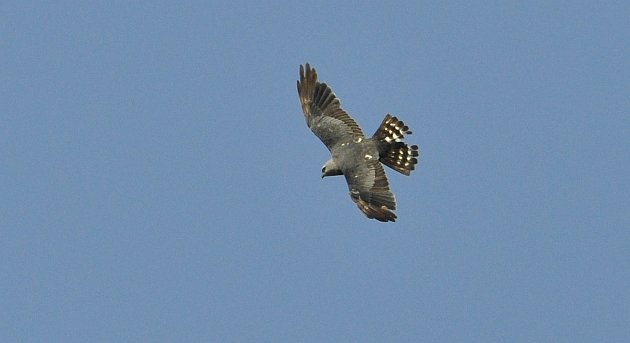
Hello my birding sons and daughters. Today we speak of the not-so-distant past, the present, and the history in between. A large portion of North American birders are relatively new to the game, with less than ten years under their belts. This post is meant to serve as a flashback to 1998, 15 years ago. It wasn’t a particularly eventful year in and of itself, but for those who weren’t around, a lot has changed since then. When I look at all these changes condensed into one mesmerizing blog post, the differences seem staggering. Not since the advent of the field guide (thanks Roger) have we seen such rapid change in the world of birding. Let’s get to it then.
1) Rare bird reporting has come a long way. For example, take the Mississippi Kite (above), photographed at the Dairy Mart Ponds in Tijuana River Valley, between San Diego and the Mexican border. I found out about the (very rare) bird via a listserv; it’s identity was quickly confirmed by digital photographs, also available via listserv. I saw the bird the next day, where it was reported to other birders via text messages, cellular phone calls, and more listserv messages. Back in the day, information about this bird would have been conveyed by phone trees and cumbersome Rare Bird Alert phone message systems, many of which were only updated once a week. While some areas still use phone-operated RBAs, they have largely fallen by the wayside. Texting and the internet allows information to spread very, very quickly. Imagine trying to report/find out about a rare bird, calling the same number (often long distance) over and over again only to be met with a busy signal…what a bummer.
2) The internet has changed everything. Email lists, blogs, websites, forums, Facebook groups, and of course eBird (see below) has completely revolutionized the way birders get their business handled. Smartphones and a plethora of mobile apps assist us with field identifications, using playback (for good or ill) and on-the-spot reporting. The internet has made EVERYTHING easier, even for birders to flame and otherwise ridicule one another (something that has always been rampant). Not only has the internet changed the way we bird, it has changed the way we interact with one another…there is a strong sense of community, where we can reach out to people we’ve never met on the opposite side of the country…it’s quite remarkable when you think about it, and not something I take for granted.
Last fall I birded Garden Key in Florda’s Dry Tortugas for several days, where migrants like this Magnolia Warbler were not hard to come by…the thought of regurgitating as much data as I could into eBird after I got back to the mainland made me giddy.
3) EBird. I am not one of those people who thinks eBird is God’s gift to birding, but sometimes I feel like that puts me in a minority. I think it is difficult to deny, however, that eBird is a very good thing. Not only is it a very impressive citizen science project that manages to marshal the legions of birders around Canada and the U.S., it provides a fantastic way to store and organize your lists and spread the good word of rarities. Time will tell how much good science can be wrung from the data (due to observer bias, misidentifications, the vastly differing skillsets of contributing observers, under-birded areas, etc.), but it’s safe to say many birders are very optimistic about it.
Instant/easy review of digital photos can greatly speed up the process of difficult identifications…many birders now find a camera to be an indispensable tool. If you ever think you have a Slaty-backed Gull in front of you, wait for it to open its wings and fire away, and the bird’s true identity will reveal itself on your little LCD screen. Photographed in Sausalito, CA.
4) Cameras and photographers have come a long way. For many of us, digital photography has completely transformed the birding landscape. The cost of getting and using good gear is significantly lower. Images of rarities (and misidentified birds) can be shared and dealt with rapidly. Photographers flood bird listservs, and will chase rarities with the same fervor as cameraless birders. Newbie birders and photographers constantly ask for help with birds they take photos of. In-the-field chimping of photographs can instantly solidify the identity of a poorly-seen bird. I have crushed thousands of poor birds with my mighty Nikon; there is no turning back now.
5) Here is an obvious one…books. There’s a lot of good, crucial books published since the late 90’s. Everyone has their personal favorites…a few I endorse include Steve Howell’s books on gulls and seabirds, the newest edition of the National Geographic Guide, and various versions of the Sibley guide. Many books published in the last 15 years have eased the pain of many ID challenges and greatly improved our knowledge about our avefauna. Rumor has it that the sorely-needed authoritative book on flycatchers is in the works…it can not be published quickly enough. My own work, “Not Convinced: Going To Battle With A Generation of Stringers”, is due to be released soon.
6) Taxonomy. The advances in genetics and molecular studies since the late 90’s are nothing to scoff at, and it has left its mark in the field of biology. Consequently, we now live in an age of splitting. There are so many species in the ABA now that did not exist or have been redefined since the late 90’s…Sagebrush and Bell’s Sparrow, Pacific and Winter Wren, Scripps’s and Guadalupe Murrelet, Hawaiian and Galapagos Petrel, Sooty and Dusky Grouse, Greater and Gunnison Sage-Grouse, Bicknell’s and Gray-cheeked Thrush, etc. Whereas checklists used to start with loons, they now begin with waterfowl. Falcons are now known to be related to parrots; vultures to be cousins of storks. Taxonomic tweakings and reshufflings of birds on the Family and Genus levels are too many to count. As with new technology like the various fruits of the internet and digital photography, this splitting epoch we seem to be in has changed the way many people bird…there is a lot of enthusiasm for seeing and identifying various subspecies now that wasn’t so widespread not long ago.
Hammond’s Flycatcher has been a challenging bird to come to grips with for as long as mankind has been seeing them. Now, more than ever, birders are confidently and accurately identifying them. Photographed at Coyote Hills Regional Park, CA.
7) Skill level. Despite my book I mentioned earlier, there are a hell of a lot of good birders flogging the brush out there. Although it is impossible for me to prove this, you should take the word of this Overlord Ornithologist when I say there are simply more good birders around right now. If I used my time machine to see how many birders in 1998 could properly identify things like vagrant gulls, Pterodroma petrels and Empidonax flycatchers, I am positive there would be significantly less than there are now. This is a very, very good thing.
Yellow-billed Magpie populations took a big hit when the West Nile Virus reached California’s Central Valley in 2004. Photographed in San Benito County, CA.
8) The status and distribution of certain bird populations have changed, as have our understandings of them. For example, in California, populations of birds like Aleutian Cackling Goose have dramatically increased…but where did our Fulvous Whistling-Ducks go? We have more California Condors, Bald Eagles, and Peregrine Falcons, but there seem to be less Spotted Owls, Burrowing Owls, Sooty Shearwaters. In the late 90s, people did not really expect to find Hawaiian/Dark-rumped Petrels off the coast of northern California, but we know where to look now. Records of rare Mexican species like Brown Booby, Neotropic Cormorant, Black Vulture and Crested Caracara have significantly increased. The birdscape is in constant flux when you look at it closely, but some of our new understandings can be chalked up to more people looking in the right places.
9) Birdfinding. Back in the day, people learned about new birding spots through word or mouth, looking up stangers through the ABA’s membership directory, and guidebooks. Now? We find many of our resources via the internet…people (usually strangers) contact me about birding hotspots on Facebook, though my blog, through listservs. Others use Birdingpal, the new eBird Hotspot Explorer, the BirdsEye Hotspots app…but I would argue that guidebooks are still invaluable. Some things don’t change, such as my mind-boggling skill level.
A youthful Booby Brittany soaks in the birdlife.
10) Young people and a changing culture. As with overall birder abundance, I cannot empirically prove that there are more <30 birders now than there were 15 years ago…but it sure feels like it. I see them all the time…they cannot be avoided, although many of them stay out of traditional birding circles (I don’t blame them…and that’s a whole post in itself). Why the increase? With the advancement of the tech world, being a raging nerd is no longer necessarily something that can make someone an outcast, as long as said nerd can maintain rudimentary social skills and a semblance of humanity.
That wraps it up my friends…there is more to get into, but there are vagrants to find sketchy birders to demote. The Global Birder Ranking System doesn’t run itself you know! Enjoy the rest of this very birdy month, and may the migrants rain down upon you.


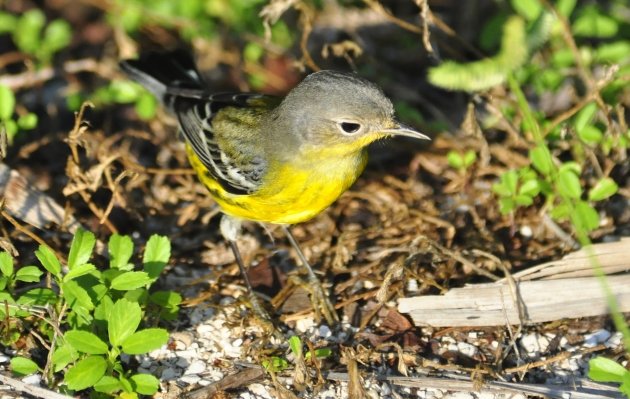
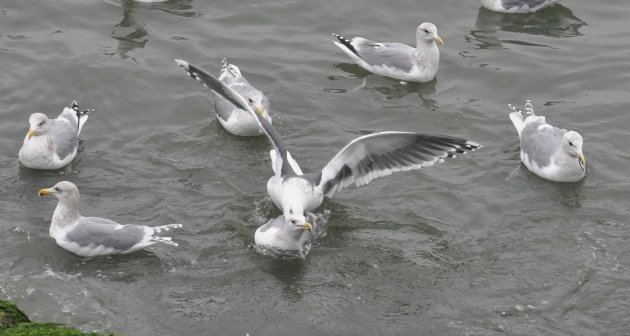
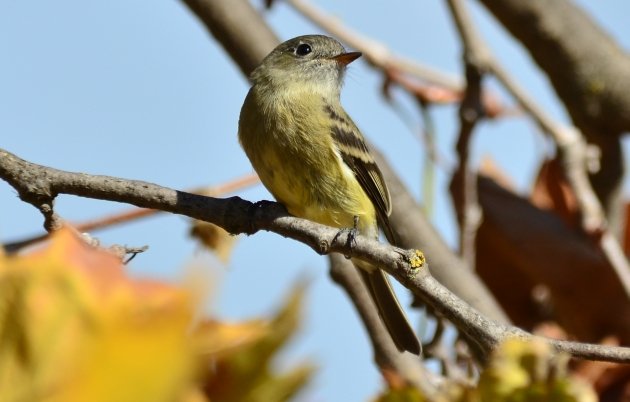
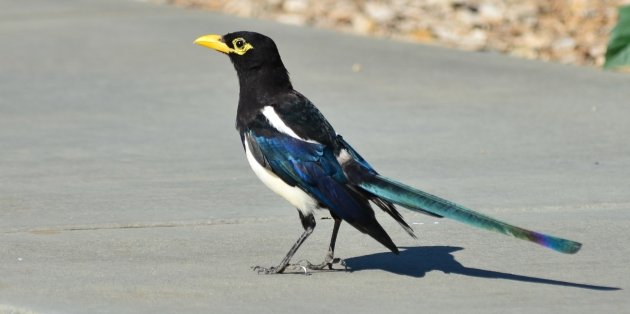
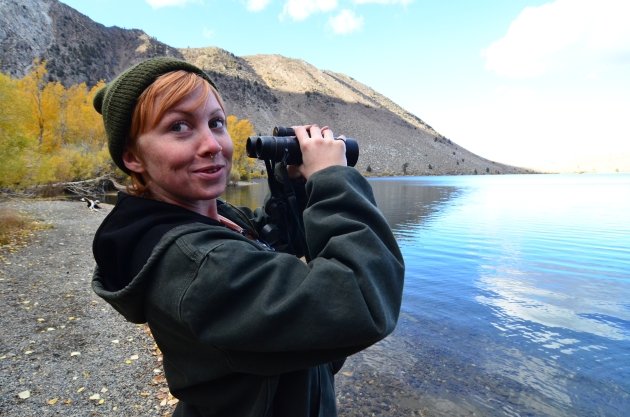











Felonious … well … how can I put it nicely …
The fact that you feel there are more young birders than 15 years ago might simply have to do with the fact that you’ve grown older, and the percentage of birders younger than you has increased? 🙂
Thanks for sharing your invaluable birding knowledge Felonious!
There are certainly more competent birders in the field these days. My theory is that dissemination of info through the internet and better bird guides has made it possible to become a “good” birder faster than ever.
That said, at the high end of the GBRS there can never be a replacement for time in the field and building experience, but the floor has risen significantly and the ceiling goes ever higher.
Hey Felonious, just a systematics nerd chiming in about point six, but the most recent work by Hackett suggests the vultures are not all that related to the storks after all. Of course, this only serves to bolster point number six.
You have a point Jochen, but with a couple exceptions (people I knew personally), I rarely saw young(er) people as a birder growing up, and I was more of a social birder back then. You don’t get to be Number 1 Birder without being a world-class birderer.
That’s what I’m here for Pat. All are welcome to soak in my deity-like wisdom.
Agreed and agreed Nate. The internet is a great learning tool.
My god. Would you say it is a suggestion, or compelling evidence? What does he suggest they are related to?
Wow! I had no idea so many of these advances were so recent. To paraphrase one of my favorite movies, looks like I picked the right time to start birding!
To your point #1, about e-mail/texting obviating the need for Rare Bird Alert phone trees/message services, to me one of the most memorable parts of “The Big Year” was how Sandy Komito and the others desperately depended on these systems to chase vagrants and rarities. I wonder if, in the texting-based world we’ve got today, that Big Year number would have been even higher.
And per #8, I love the term “birdscape.” I’ve been told that here in Chicago, you’d have had to look hard to find Ring-billed Gulls 25-30 years ago, but now they outnumber other gulls dramatically. Similarly, I just heard that parts of northern Illinois are nearly devoid of crows, because of West Nile awhile back … who’d ever think there would be a shortage of crows? This ties in with #3–eBird and other citizen science efforts can hopefully help us understand why these shifts occur.
Re: #7
Sorry for bringing the average down.
Felonius—Hackett et al. said vultures had “no affinity with storks” and suggested they belong within Accipitridae. There is probably more ongoing research here, so I don’t think it’s been fully answered yet.
Yup, we’re only as good as our field guides and our eyes and ears. And how about those apps that let you play the songs/calls to each other instead of talking gibberish about “tseewhits” and “peetwits”!